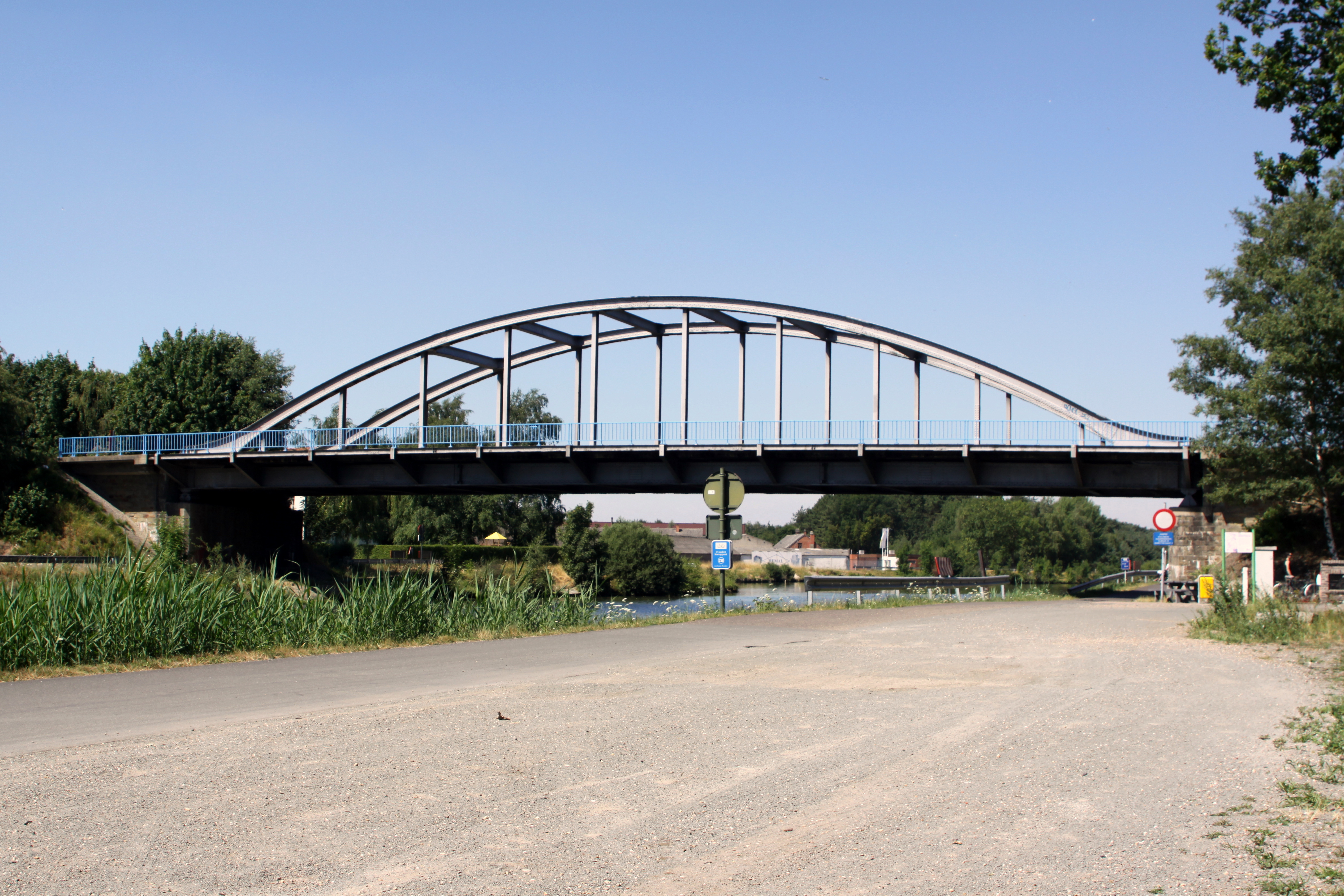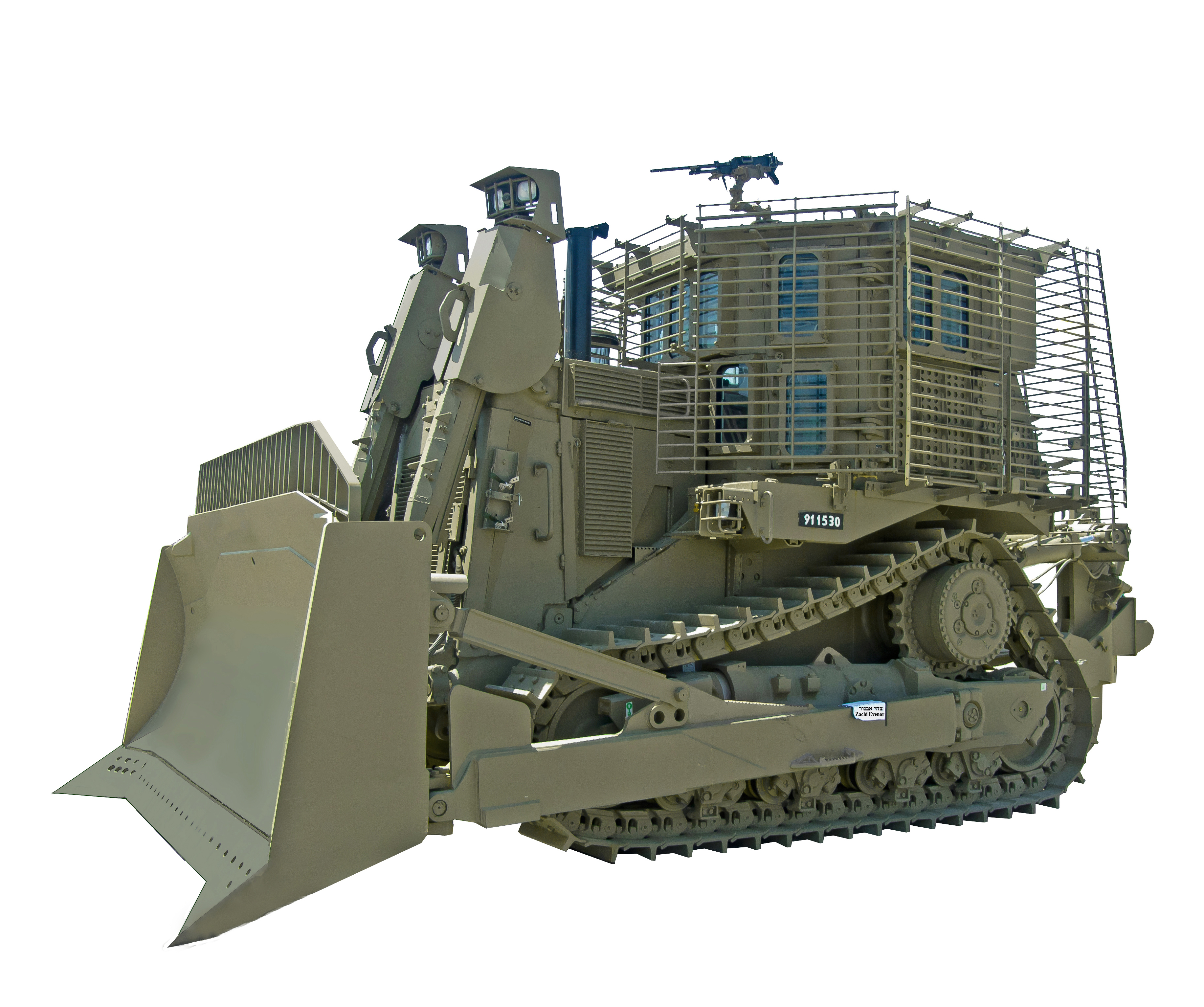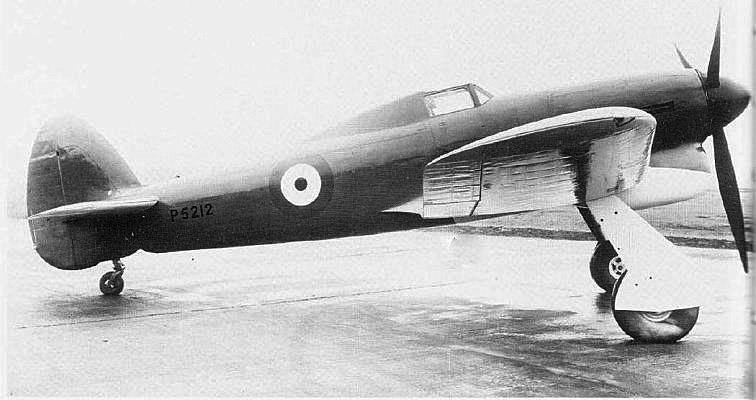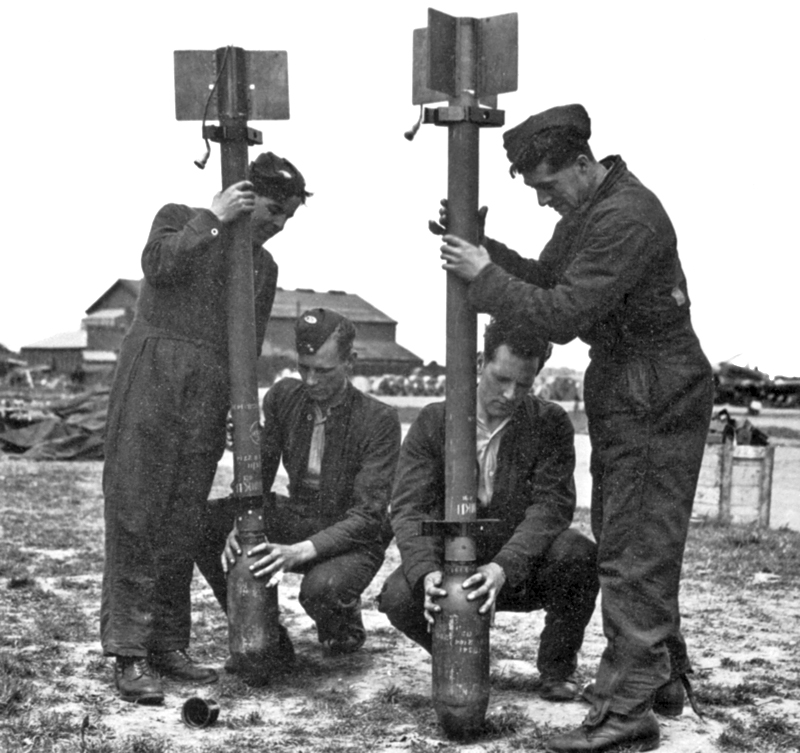|
Joe's Bridge
Joe's Bridge is the nickname given to Bridge No.9 on the Bocholt-Herentals Canal outside the town of Neerpelt, in the Belgian city of Lommel just south of the Belgian-Dutch border. The bridge was captured by British troops in September 1944, becoming the springboard for the ground offensive of Operation Market-Garden. Capture The original bridge had been destroyed by the Belgian Army in 1940, but the Germans had constructed a wooden pontoon bridge to the west of it. This bridge was taken on the evening of 10 September 1944 by the Irish Guards under the command of Lieutenant-Colonel J.O.E Vandeleur. While the Welsh Guards engaged the German forces around Hechtel, the Irish Guards advanced rapidly north-east through the villages of Aksel, Overpelt and Neerpelt, and launched their combined infantry-tank assault, with artillery support, from the grounds of the zinc processing factory in Overpelt. They succeeded in taking the bridge undamaged. The capture of the bridge completed ... [...More Info...] [...Related Items...] OR: [Wikipedia] [Google] [Baidu] |
Joe Vandeleur
John Ormsby Evelyn Vandeleur, Distinguished Service Order, DSO and Bar (14 November 1903 – 4 August 1988), usually known as Joe Vandeleur from his initials, was an Anglo-Irish British Army officer who served in the Second World War. Early life Born in Nowshera, Khyber Pakhtunkhwa, Nowshera in British Raj, British India (now Pakistan), Vandeleur was the son of Colonel Crofton Bury Vandeleur and Evelyn O'Leary. His family was originally from Kilrush, County Clare, where they were the local landlords. Military career He was commissioned into the Irish Guards as a second lieutenant in 1924, serving in Sudan and Egypt before the war. As commanding officer of the 3rd Battalion, Irish Guards, he led the breakout of XXX Corps (United Kingdom), XXX Corps during Operation Market Garden. His second cousin Lieutenant-Colonel Giles Vandeleur (their grandfathers were brothers) was acting commanding officer of the 2nd Armoured Battalion, Irish Guards. He went on to command the British 129t ... [...More Info...] [...Related Items...] OR: [Wikipedia] [Google] [Baidu] |
1944 In The Netherlands
Events in the year 1944 in the Netherlands. Incumbents * Monarch: Wilhelmina * Prime Minister: Pieter Sjoerds Gerbrandy Events *17 to 20 September – Battle of Nijmegen *17 to 26 September – Battle of Arnhem *30 September to 18 October – Battle of Overloon *3 October to 8 November – Battle of the Scheldt *27 to 30 November – Battle of Broekhuizen * Dutch famine of 1944–45 Births *2 January – Willy Dobbe, television presenter and announcer *23 January – Rutger Hauer, actor, writer and environmentalist (d. 2019) *16 March – Pieter de Zwart, sailor. *1 April – Theo Hiddema, lawyer, media personality and politician *5 April – Willeke van Ammelrooy, actress and director *26 April – Huib Ruijgrok, footballer *20 May – Boudewijn de Groot, singer-songwriter *24 May – Heleen Sancisi-Weerdenburg, ancient historian (d. 2000) *10 June – Eegje Schoo, politician and diplomat *15 July – Klaas de Vries, composer *27 July – Philip Freriks, journalist ... [...More Info...] [...Related Items...] OR: [Wikipedia] [Google] [Baidu] |
Allied Advance From Paris To The Rhine
The Allied advance from Paris to the Rhine, also known as the Siegfried Line campaign, was a phase in the Western European campaign of World War II. This phase spans from the end of the Battle of Normandy, or Operation Overlord, (25 August 1944) incorporating the German winter counter-offensive through the Ardennes (commonly known as the Battle of the Bulge) and Operation Nordwind (in Alsace and Lorraine) up to the Allies preparing to cross the Rhine in the early months of 1945. This roughly corresponds with the official United States military European Theater of Operations Rhineland and Ardennes-Alsace campaigns. Background German forces had been routed during the Allied break-out from Normandy. The Allies advanced rapidly against an enemy that put up little resistance. But after the liberation of Paris in late August 1944, the Allies paused to re-group and organise before continuing their advance from Paris to the River Rhine. The pause allowed the Germans to solidi ... [...More Info...] [...Related Items...] OR: [Wikipedia] [Google] [Baidu] |
Arnhem
Arnhem ( or ; german: Arnheim; South Guelderish: ''Èrnem'') is a Cities of the Netherlands, city and List of municipalities of the Netherlands, municipality situated in the eastern part of the Netherlands about 55 km south east of Utrecht. It is the capital of the Provinces of the Netherlands, province of Gelderland, located on both banks of the rivers Nederrijn and Sint-Jansbeek, which was the source of the city's development. Arnhem had a population of 163.972 on 1 December 2021, which made it one of the larger cities of the Netherlands. The municipality is part of the Arnhem–Nijmegen metropolitan area, which has a combined number of 774,506 inhabitants on 31 January 2022. Arnhem is home to the Hogeschool van Arnhem en Nijmegen, ArtEZ Institute of the Arts, Netherlands Open Air Museum, Airborne Museum 'Hartenstein', Royal Burgers' Zoo, NOC*NSF and National Sports Centre Papendal. The north corner of the municipality is part of the Hoge Veluwe National Park. It is approximate ... [...More Info...] [...Related Items...] OR: [Wikipedia] [Google] [Baidu] |
World War II
World War II or the Second World War, often abbreviated as WWII or WW2, was a world war that lasted from 1939 to 1945. It involved the World War II by country, vast majority of the world's countries—including all of the great powers—forming two opposing military alliances: the Allies of World War II, Allies and the Axis powers. World War II was a total war that directly involved more than 100 million Military personnel, personnel from more than 30 countries. The major participants in the war threw their entire economic, industrial, and scientific capabilities behind the war effort, blurring the distinction between civilian and military resources. Air warfare of World War II, Aircraft played a major role in the conflict, enabling the strategic bombing of population centres and deploying the Atomic bombings of Hiroshima and Nagasaki, only two nuclear weapons ever used in war. World War II was by far the List of wars by death toll, deadliest conflict in hu ... [...More Info...] [...Related Items...] OR: [Wikipedia] [Google] [Baidu] |
Eindhoven
Eindhoven () is a city and municipality in the Netherlands, located in the southern province of North Brabant of which it is its largest. With a population of 238,326 on 1 January 2022,Statistieken gemeente Eindhoven AlleCijfers.nl it is the fifth-largest city of the Netherlands and the largest outside the Randstad conurbation. Eindhoven was originally located at the of the Domm ... [...More Info...] [...Related Items...] OR: [Wikipedia] [Google] [Baidu] |
Armoured Bulldozer
The armored bulldozer is a basic tool of combat engineering. These combat engineering vehicles combine the earth moving capabilities of the bulldozer with armor which protects the vehicle and its operator in or near combat. Most are civilian bulldozers modified by addition of vehicle armor/military equipment, but some are tanks stripped of armament and fitted with a dozer blade. Some tanks have bulldozer blades while retaining their armament, but this does not make them armored bulldozers as such, because combat remains the primary role — earth moving is a secondary task. World War II The first armored bulldozer (D7A) was developed by the British during World War II. This was a conventional Caterpillar D7 bulldozer fitted with armor to protect the driver and the engine. The work was carried out by Jack Olding & Company Ltd of Hatfield. The bulldozer was one of several strange armored vehicles that were collectively referred to as " Hobart's Funnies" and were operated b ... [...More Info...] [...Related Items...] OR: [Wikipedia] [Google] [Baidu] |
Hawker Typhoon
The Hawker Typhoon is a British single-seat fighter-bomber, produced by Hawker Aircraft. It was intended to be a medium-high altitude interceptor, as a replacement for the Hawker Hurricane, but several design problems were encountered and it never completely satisfied this requirement.Thomas and Shores 1988, p. 16. The Typhoon was originally designed to mount twelve .303 inch (7.7 mm) Browning machine guns and be powered by the latest engines. Its service introduction in mid-1941 was plagued with problems and for several months the aircraft faced a doubtful future. When the ''Luftwaffe'' brought the new Focke-Wulf Fw 190 into service in 1941, the Typhoon was the only RAF fighter capable of catching it at low altitudes; as a result it secured a new role as a low-altitude interceptor. The Typhoon became established in roles such as night-time intruder and long-range fighter. From late 1942 the Typhoon was equipped with bombs and from late 1943 RP-3 rockets were added ... [...More Info...] [...Related Items...] OR: [Wikipedia] [Google] [Baidu] |
RP-3
The RP-3 (from Rocket Projectile 3 inch) was a British air to ground rocket projectile introduced during the Second World War. The "3 inch" designation referred to the nominal diameter of the rocket motor tube. The use of a warhead gave rise to the alternative name of the "60-pound rocket". Though primarily an air-to-ground weapon, it saw limited use in other roles. They were generally used by British fighter-bomber aircraft against targets such as tanks, trains, motor transport and buildings, as well as by Coastal Command and Royal Navy aircraft against U-boats and ships. Use continued post-war, with the last known major operational use being during the Aden Emergency in 1964, where Hawker Hunters flew 642 sorties and fired 2,508 RP-3s in support of Radforce. Use continued until the withdrawal from Aden in November 1967, at which point the RP-3 was withdrawn from service in favour of the newer SNEB. Concerned about the possibility of shipboard radar setting off the SNEB's elec ... [...More Info...] [...Related Items...] OR: [Wikipedia] [Google] [Baidu] |
Fallschirmjäger
The ''Fallschirmjäger'' () were the paratrooper branch of the German Luftwaffe before and during World War II. They were the first German paratroopers to be committed in large-scale airborne operations. Throughout World War II, the commander of the branch was Kurt Student. Pre-war history During the interwar years the rapid development of aircraft and aviation technology drew the attention of imaginative military planners. The idea of aerially inserting a large body of troops inside enemy territory was first proposed during World War I by Brigadier General Billy Mitchell, commander of the U.S. Army Air Corps in France.Ailsby, Christopher: ''Hitler's Sky Warriors: German Paratroopers in Action, 1939-1945'', page 12. Spellmount Limited, 2000. However, the Allied High Command was forced to abandon the idea, as it was unprepared for such an undertaking, both logistically and in materiel. Among the first to recognize the potential of airborne forces were Italy and the Soviet Un ... [...More Info...] [...Related Items...] OR: [Wikipedia] [Google] [Baidu] |
XXX Corps (United Kingdom)
XXX Corps (30 Corps) was a corps of the British Army during the Second World War. The Corps was formed in the Western Desert in September 1941. It provided extensive service in the North African Campaign and many of its units were in action at the Second Battle of El Alamein in late 1942. It then took part in the Tunisia Campaign and formed the left flank during the Allied invasion of Sicily in 1943. It returned briefly to the United Kingdom; it then served in the Allied Invasion of Normandy in June 1944. Due to the failure of allied troops to seize the Nijmegen bridge, it arrived too late at the Arnhem bridge as planned and most of the British 1st Airborne Division were lost during Operation Market Garden. It continued to serve in the Netherlands, and finally in Operation Veritable in Germany until May 1945. North Africa Campaign XXX Corps was formed in the Western Desert under Lieutenant-General Vyvyan Pope in September 1941. It played a major role in the Western Desert Camp ... [...More Info...] [...Related Items...] OR: [Wikipedia] [Google] [Baidu] |








